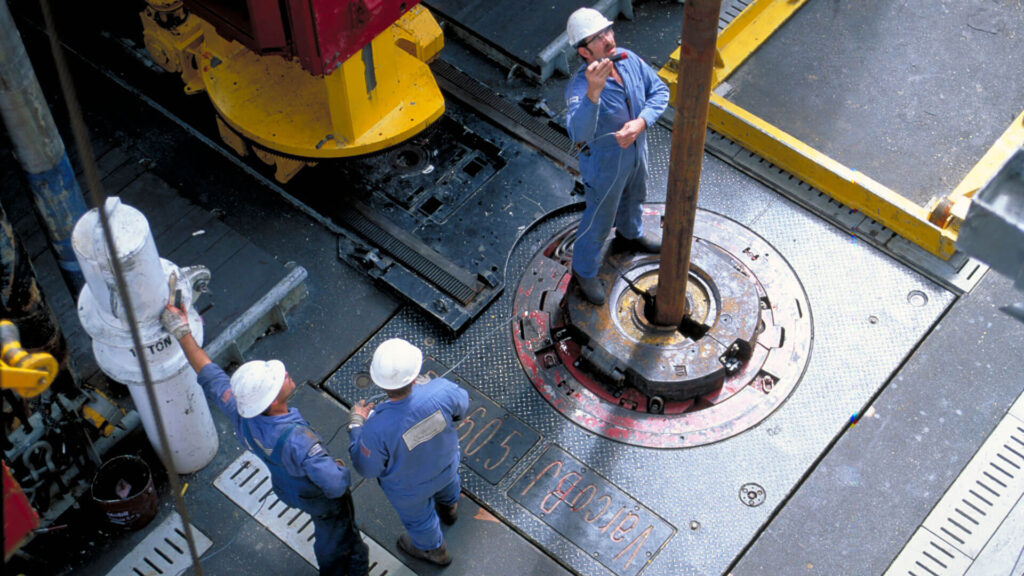Getting ISO 45001 Certified in San Francisco, California (CA)
Make workplace safety and wellbeing a priority. ISO Pros in San Francisco, California (CA) provides consultation to achieve ISO 45001 certification. ISO 45001 offers a framework for organized health and safety policies to support the company. ISO 45001 is standardized and is accessible to every place of employment, irrespective of industry.
When the company is ISO 45001 certified it defines the dedication to the management and staff’s safety and wellbeing. Your credential offers people, including customers and partners, legitimacy. ISO 45001 was developed by a large standard committee, along with other standards to help mitigate other types of organizations and to prevent accidents and diseases where possible.
Unlike all other criteria, ISO 45001 places integrity at the heart of the management framework. Whereas OHSAS 18001 concentrated exclusively on management involvement, ISO 45001 needs dedication and participation at all levels and functions. This includes, among other things, the responsibility of managers to protect all workers who have ever reported hazardous incidents, risks, challenges, or opportunities. In brief, it will consistently represent the management is no longer “just happy” to sign the OHS agreement.

ISO 45001 and why you need it
The main novelty attributable to other ISOs using the common core is for the company to put itself in perspective. In order to do this, it has to evaluate its internal and external issues, its partners (other than workers), and the scope of its management system. Only the latter is applied to ISO 45001.
What was specified in terms of efficiency or environmental concerns is not generally true or appropriate for workplace protection and health. This will be useful to stay vigilant and then to ask the correct questions again and make sure the context is clear.
The innovation for which “everyone talks about” is the duty of the company to engage and include both staff and their members in the decision-making phase of OHS if they exist. OHSAS 18001 addressed the proposal but was not explicit about it. This was specifically demanded that all employees be involved, and notify all subcontractors. ISO 45001 also relies on non-supervisory personnel for whom it needs cooperation in nine of its sub-sections, and participation in seven of its sub-sections. This includes all organizational levels, by specifying specific standards and specifications.
The last major change is that the OHS management framework is no longer limited to taking into account threats and hazards, but always takes into account rewards. Therefore, it is the responsibility of the organization to identify the risks and evaluate the challenges and opportunities to the OHS. While this concept is often relevant among many ISOs, the ISO 45001 specification does not address SWOT but instead addresses incentives for enhancing OHS efficiency and those directed at developing the OHS management framework. The old one no longer adapts to those organizations that are multi-certified. The commitment to OHS needs to be tested. Like the ISO which easily discussed threats and hazards in a single paragraph, each problem is clarified in a separate article with details here. The standard also seizes the opportunity to claim possibilities for a particular process.

